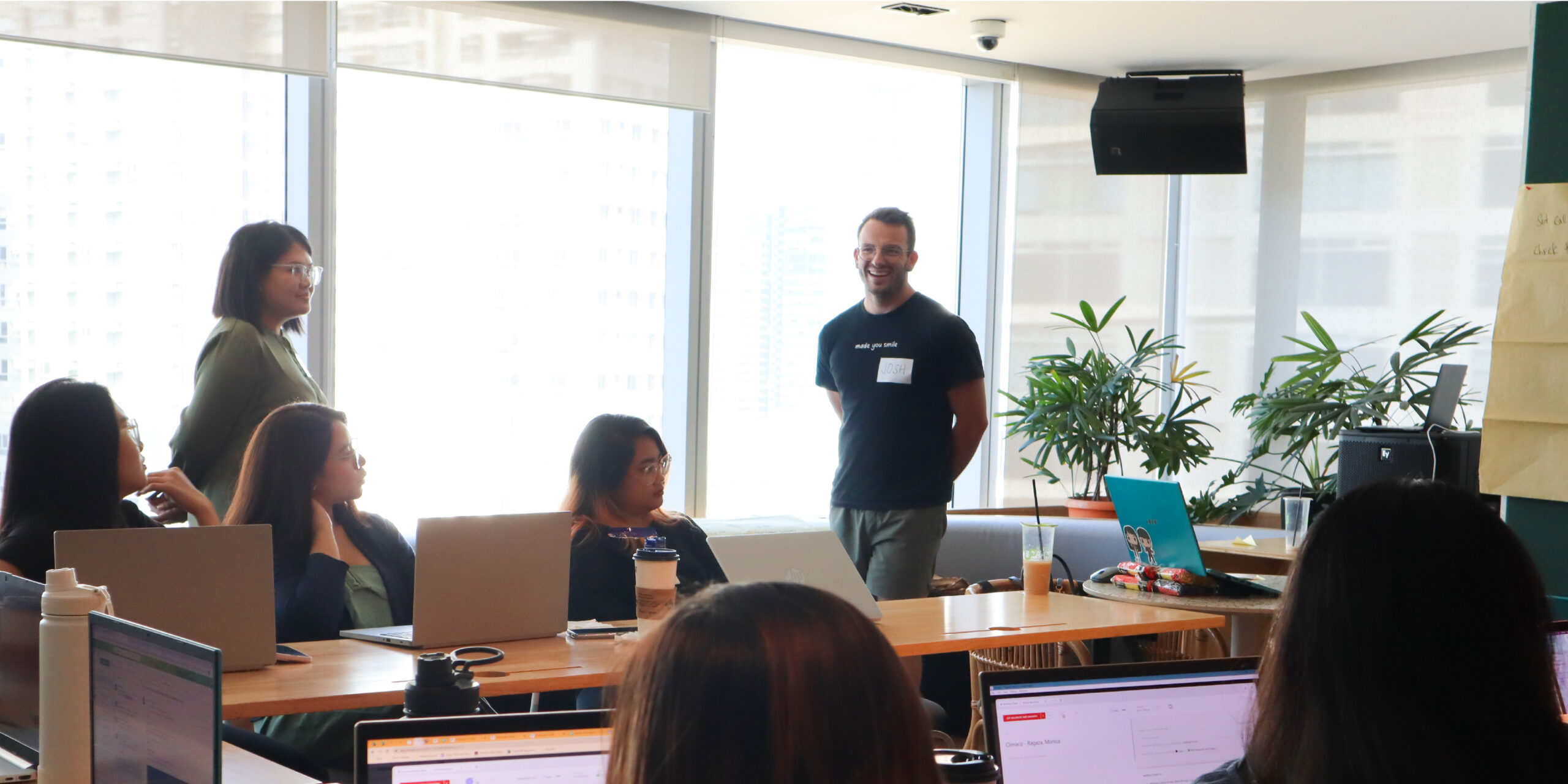The shift towards remote work has blurred the line between professional and personal spaces, leading to distinctive mental health challenges. Juggling work responsibilities and personal life in the same environment can have a negative impact on one’s mental well-being. In this blog, we’ll examine these challenges in greater detail and explore strategies for providing the necessary support.
1. Isolation and Loneliness
Remote work often translates to physical isolation, leading to feelings of loneliness. Combat this by encouraging regular check-ins, fostering virtual social gatherings, or implementing buddy systems where team members connect for non-work-related discussions. Creating a sense of community is pivotal in reducing feelings of isolation.
2. Blurring of Work-Life Boundaries
The lack of physical separation between work and personal spaces can lead to overworking and burnout. Encourage employees to establish clear boundaries by setting designated work hours and creating a separate workspace. Encourage breaks and discourage constant connectivity after work hours to maintain a healthy balance.
3. Lack of Social Interaction and Support Systems
The absence of face-to-face interactions reduces spontaneous social exchanges that are crucial for mental well-being. Foster a supportive work culture by promoting open communication, encouraging team bonding activities, and organizing virtual coffee breaks or team-building exercises to recreate social connections.
4. Increased Stress and Anxiety
Remote work may amplify stress and anxiety due to various factors like increased workload, uncertainties, or the pressure to constantly perform. Offer resources like stress management workshops, mental health webinars, or access to counseling services to help employees navigate and manage stress effectively.
5. Distractions and Productivity Challenges
Distractions at home can hinder productivity and contribute to feelings of frustration. Encourage employees to create a conducive work environment, establish a routine, and practice time management techniques. Providing tools for managing distractions, such as noise-canceling headphones or productivity apps, can also be beneficial.
6. Lack of Support and Understanding
Employees may feel a lack of support or understanding from their managers or peers regarding their mental health challenges. Encourage open discussions around mental health, provide resources for mental health support, and foster a culture of empathy and understanding within the organization.
7. Strategies for Support
Implement wellness programs that focus on mental health, offering resources such as meditation sessions, yoga classes, or mindfulness workshops. Provide comprehensive mental health benefits and resources, including access to mental health professionals, employee assistance programs (EAPs), or online mental health platforms.
8. Encouraging Self-Care Practices
Educate employees on the importance of self-care practices. Encourage regular breaks, physical exercise, hobbies, and mindfulness exercises to promote overall well-being. Normalizing self-care within the work culture can empower employees to prioritize their mental health.
Cultivating a Supportive Environment
Remote work comes with its set of mental health challenges, but proactive measures can create a supportive environment for employees. By acknowledging these challenges and implementing strategies for support, organizations can play a pivotal role in safeguarding the mental well-being of their remote workforce.





